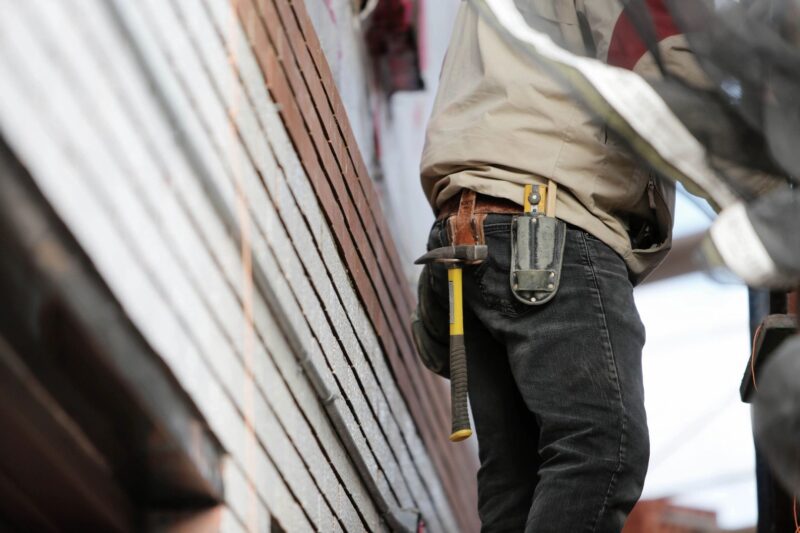Working above the ground level is usually a daily routine for construction workers. However, it’s essential to consider that working at heights can lead to severe injuries and fatalities if not taken proper care of.
Although most states require employees to complete working at heights course, you, as an employer, should also make sure that there are no risks associated with working at height for your workers.

Otherwise, it would not only cause loss of life but would also lead to damage to your business’s reputation and hefty fines and penalties.
If you’re on the hunt for valuable tips on how to alleviate the biggest risks of working at height, keep reading this article!
1. Conduct Risk Assessment
You should evaluate the risk to look for potential hazards on a regular basis. Both likelihood and impact of risk can help you ascertain whether that risk needs to be minimized or completely eliminated.
Recording your findings related to risk assessment will be your best bet. You should also jot down the names of employees in your company (such as surveyors and construction workers) along with potential risks they may face.
This will help you develop the right measures for each employee for added health and safety.
2. Provide Training to Your Workers
Regularly training your employees will make sure they are up-to-date with the changes in health and safety laws as well as best practices to complete an assigned task in the safest way possible.
Working at heights for workers becomes kind of a daily routine for them, and there is a high probability that they may start working on “autopilot”. In other words, they wouldn’t really pay attention to the risks and just go about their day at work.
Hence, regular training sessions become more vital to keep them “aware” of the risks and their measures. You can also create SOPs at which your workers can take a look every day to ensure they take appropriate measures before performing their job.
3. Invest in Protective Equipment
Protective equipment serves as an additional layer of safety and security for your employees, and you must choose one on the basis of a few factors. Such as, the area of the task, the height of the task, and the condition of the surface they will be working on.
Your risk analysis will also play a key role here in determining the right kind of protective equipment for all your workers. Usually, you will be investing in scaffolds, fixed guardrails, safety harnesses, helmets, lanyards, etc.
4. Regularly Inspect the Safety Equipment
You must train your workers to inspect the safety equipment for rust, breaks, or cracks before they start their job. If there’s something of concern, it must be immediately notified to the supervisor or line manager.
Even you can assign this duty to an employee of your company to inspect every piece of protective equipment before they are handed over to the workers. You should create a checklist. so they know what problem areas they need to watch out for and inform a senior person.


